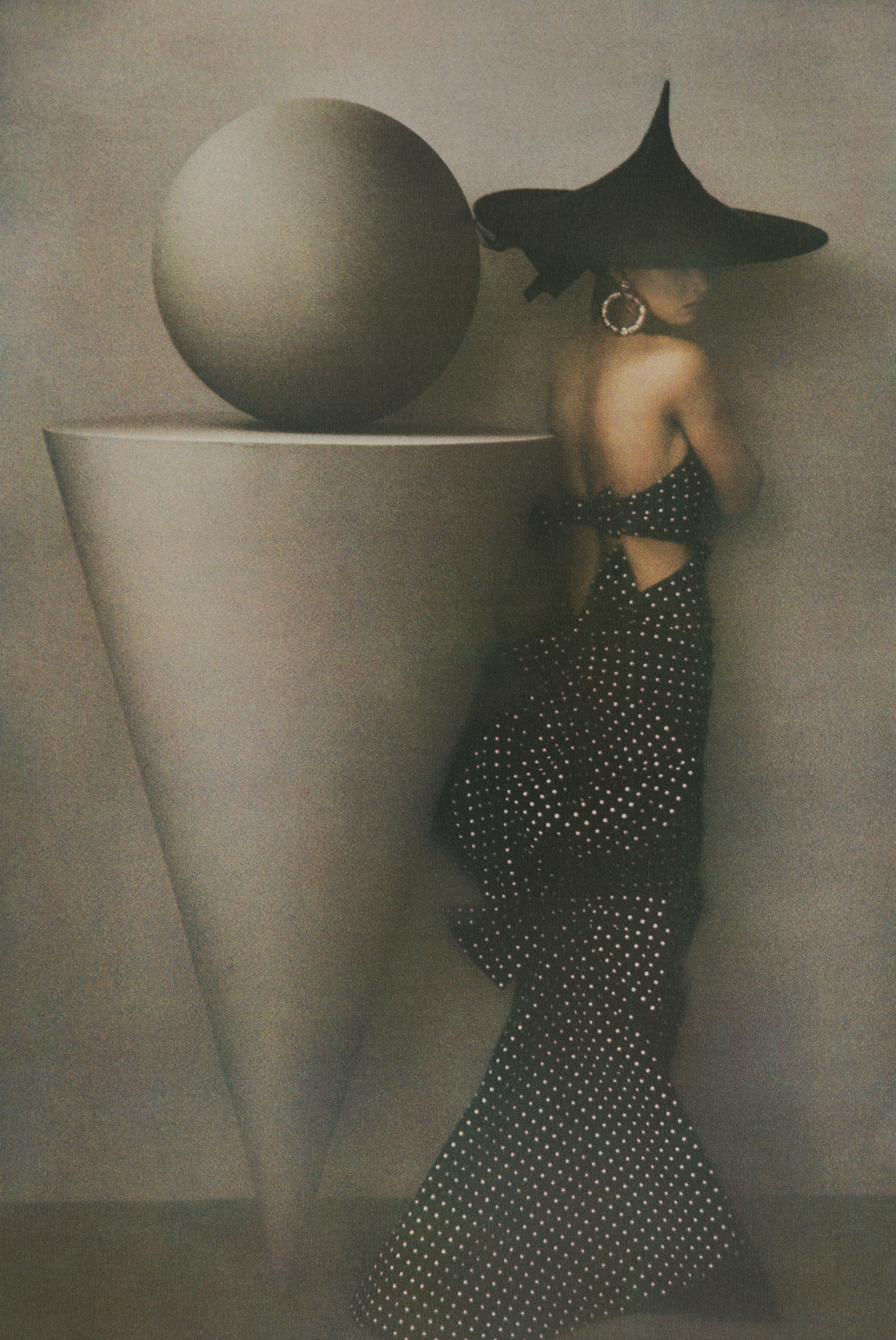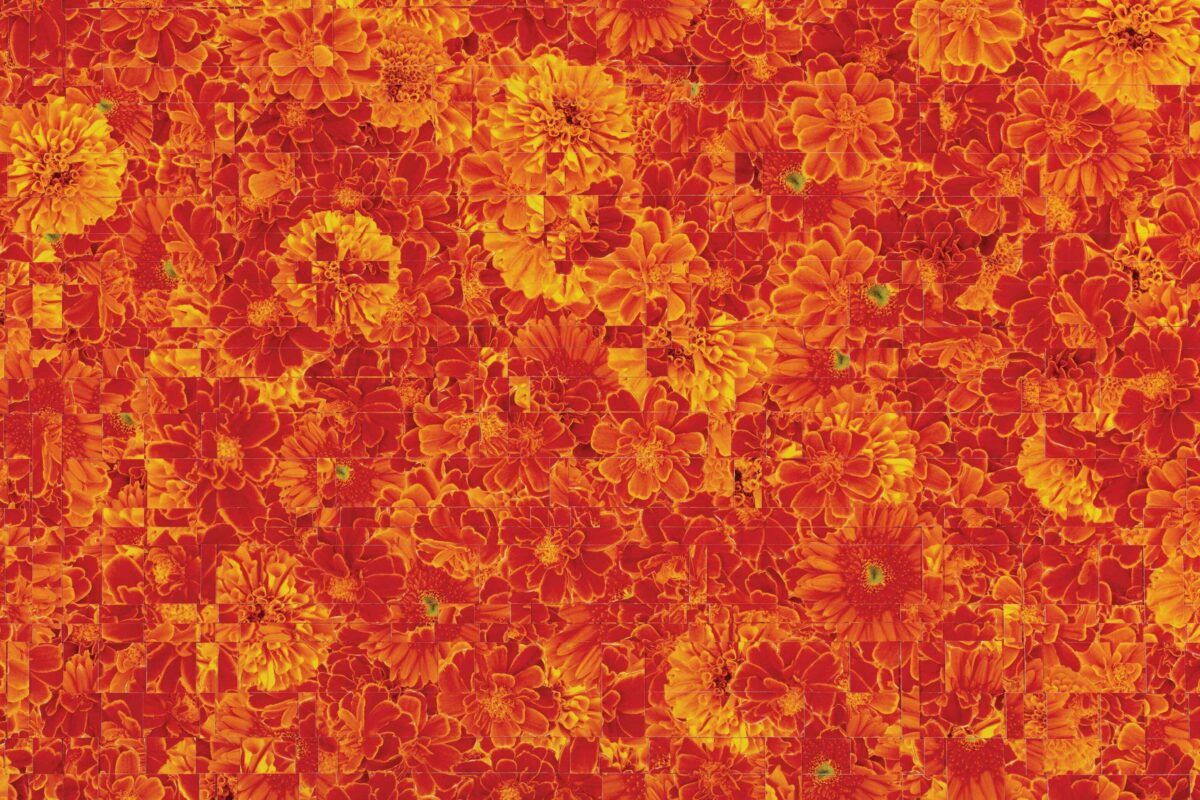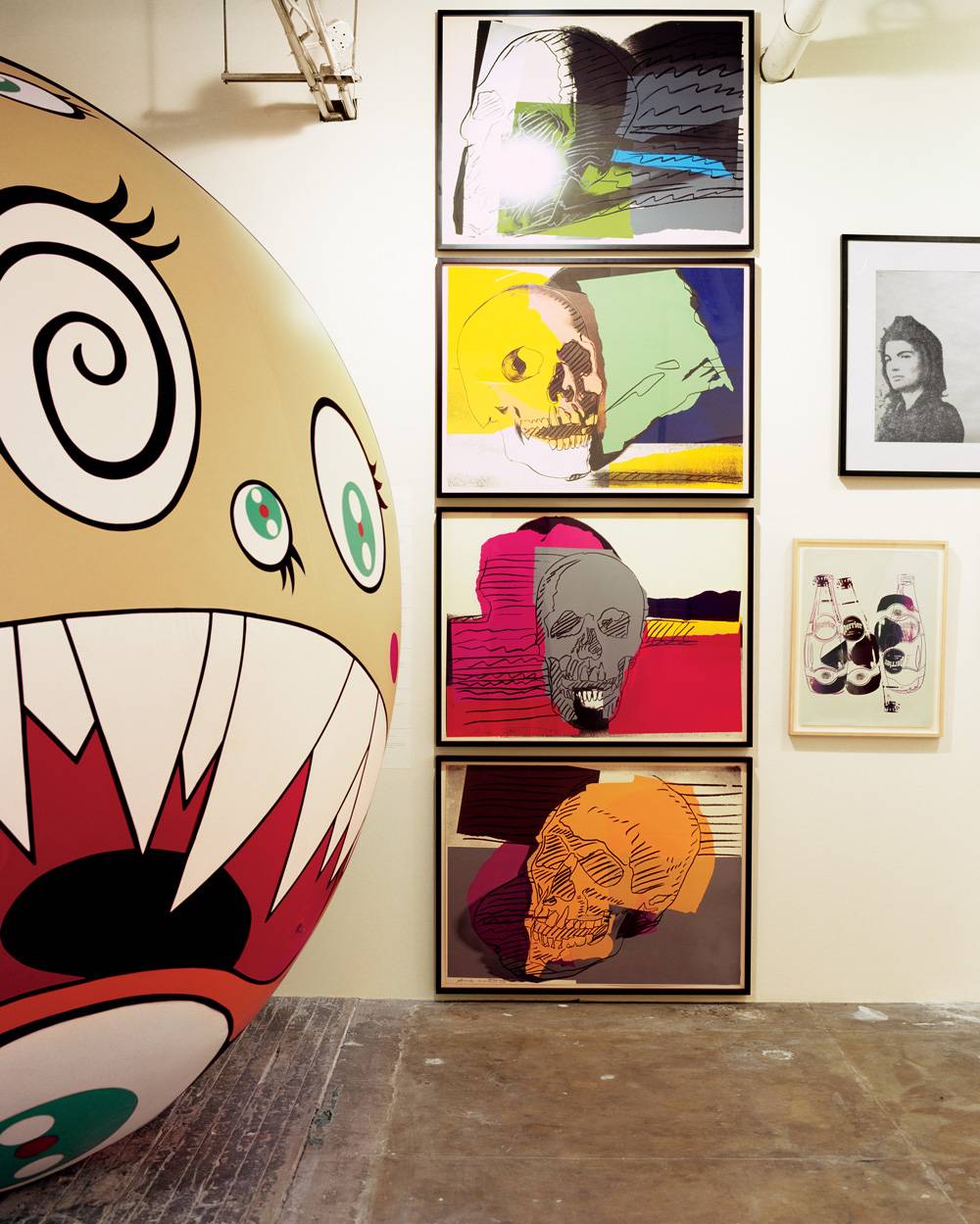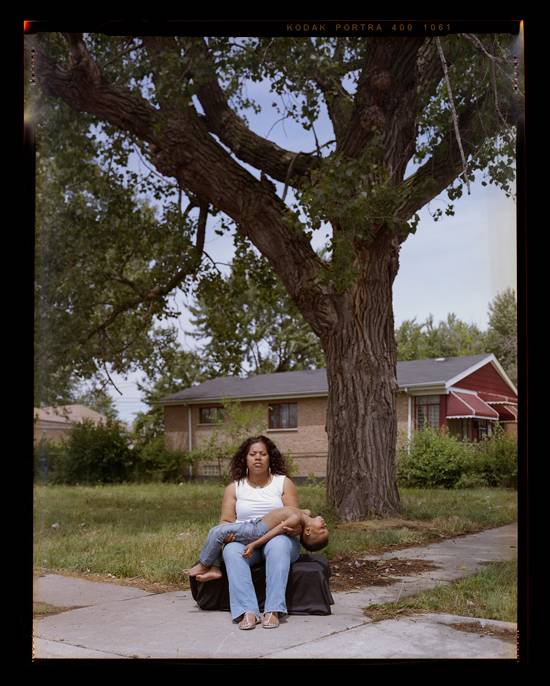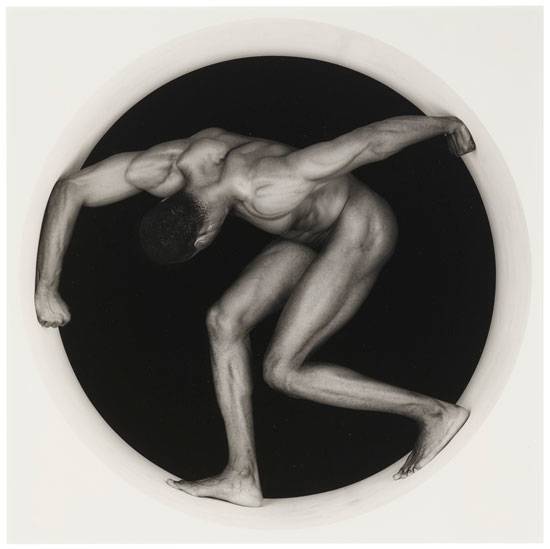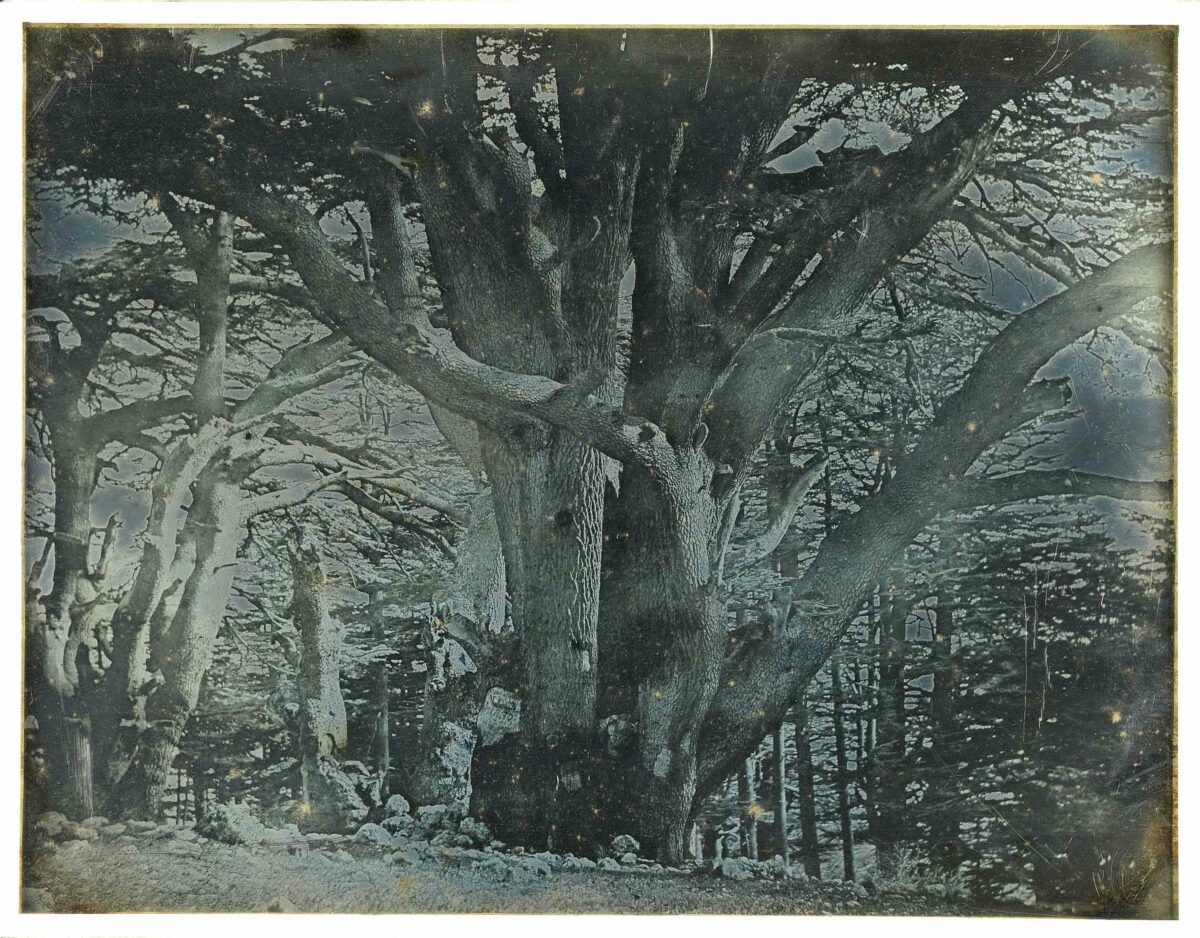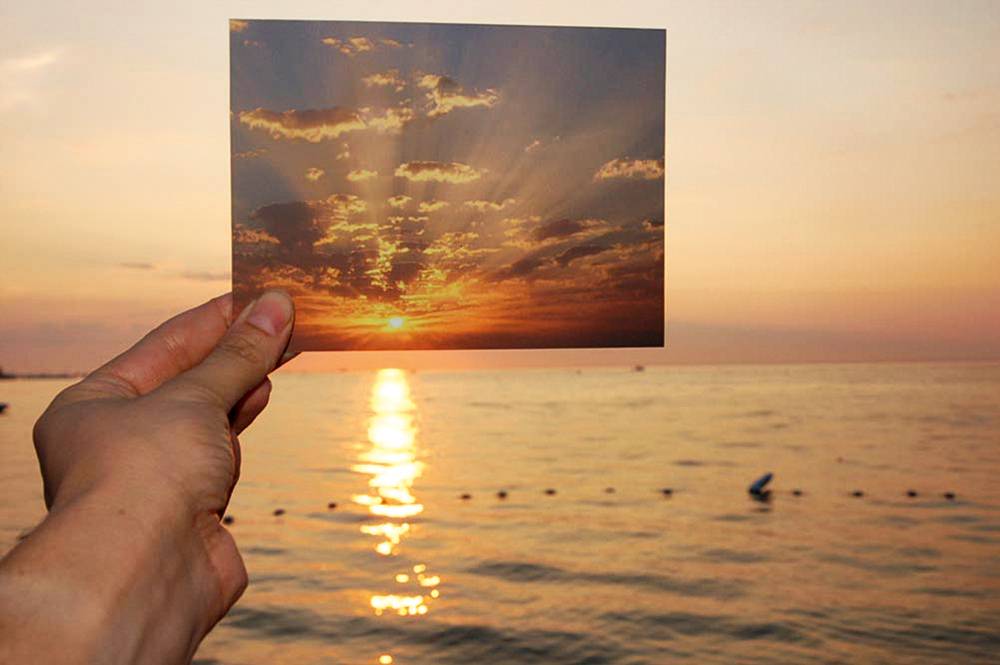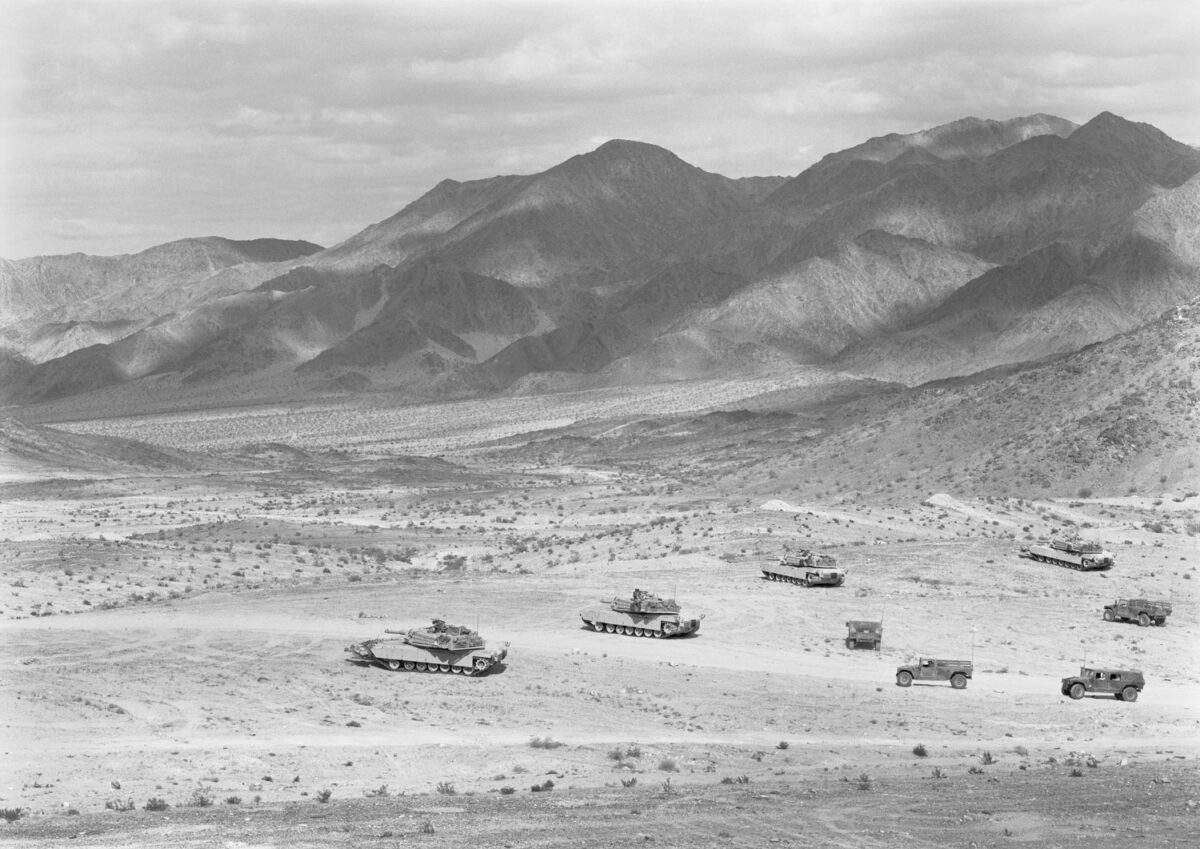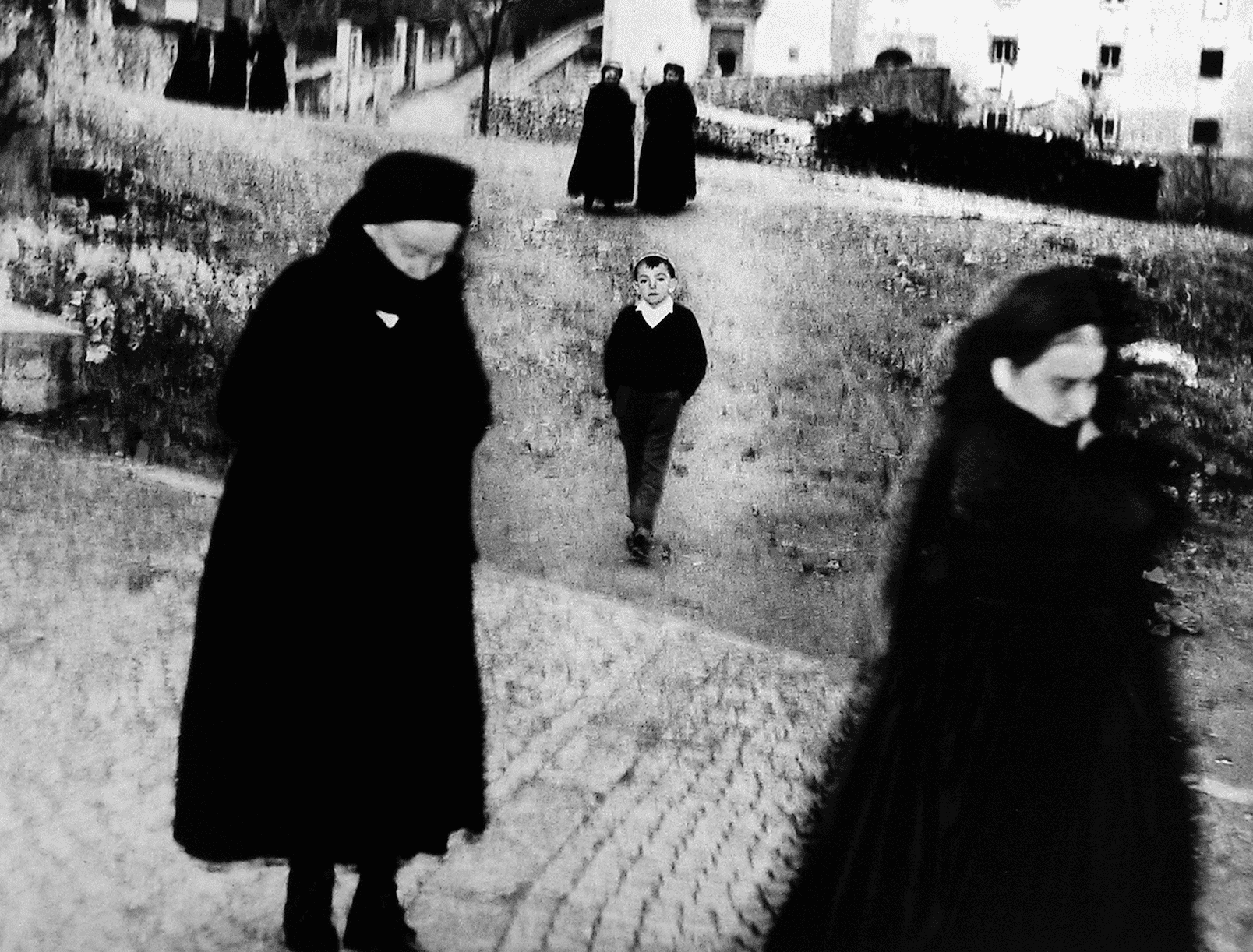

Consider these names: Fellini, Antonioni, Olmi, De Sica, Rossellini, Pasolini, Visconti, Scorsese, Coppola – the most compelling film artists of modern times, in this country and in Italy, not to mention the rest of the West. And yet the image world out of which they grew, the photographic milieu that nurtured all of them, that connected the diaspora Italians in New York (and Buenos Aires, among other places) with the home country, has never been explored in depth in the United States. Until now. That alone is justification for spending time with black-and-white prints of grubby children in the street, workers with their tools, ancient nonne in their streetside conversations. To call this multisite presentation, spearheaded by NYU’s Grey Art Gallery, where it is on view through December 8, long overdue is a ludicrous understatement. It is the result of the work of a self-styled madwoman, the curator Enrica Viganó, who has worked for more than 20 years – without institutional support inside Italy – to gather the photographs, research the photographers, develop the timeline, and organize the exhibition at the Grey Art Gallery. Call her a prophet without honor. Collateral programs at Grey and at NYU’s Casa Italiana highlight the close relationship of film and photography in this most fertile period of Italian screen and lens art.
It is not possible in this short space to address all the important questions the exhibitions raise or to celebrate all of the wonderful works she has collected (which also form the backbone of the Met’s acquisitions). The more limited gatherings at the Howard Greenberg (through November 10) and Keith De Lellis (through November 3) galleries allow us to consider some themes in concentrated form. Of the two, Greenberg’s exhibition, curated by Karen Marks, seems far more premeditated. Each of the pictures is meant to do something specific in the narrative of post-world-war Italian photography, from the opening images by Stefano Robino of a ship departing from Genoa (and from an Italy still struggling to rebuild) to the speeding train windows of Sante Vittorio Malli and the high-contrast formalism of Mario Giacomelli’s documentary style. In broad strokes, the story told at Greenberg is very much about photography, particularly the persistence, amid the general turn toward realism, of formal experimentation. The relationship of Fascism and modern graphic and photo-graphic design may have been expunged by the war, but the visual ideas promoted by the regime nourished many of the artists whose humanism aligned against Fascism. This represents an important chapter in the political role of visual art in the modern world. Greenberg outlines it; the Grey exhibition gives it full attention.
At Keith De Lellis, the emphasis is on the social canvas, and the show reads as a scaled-down version, minus the conceptual categories, of the Grey exhibition. Quite a few of the prints reprise those at NYU. I am thinking especially of Pietro Donzelli, Cinema in Pila, Veneto, 1954, which shows an improvised outdoor movie theater in a roofless building, empty and waiting for customers. It resonates with the “Theaters” series of Hiroshi Sugimoto, but is a world away. It is a different kind of icon, commenting on the importance of movies and popular culture in a still devastated country. Photographs and films not only showed Italians what their country looked like beyond propaganda, they also helped them imagine its future.



